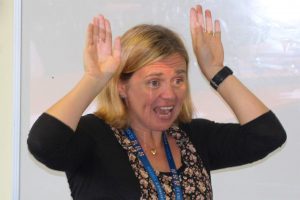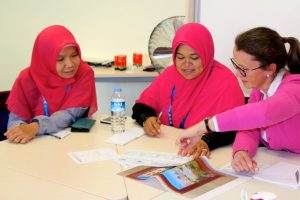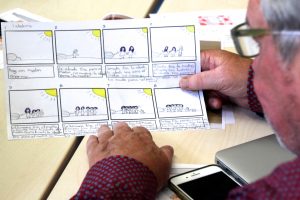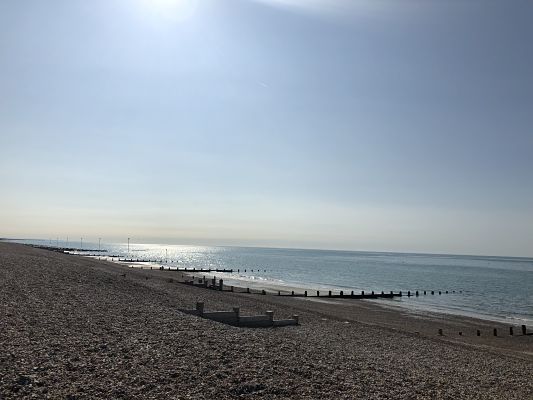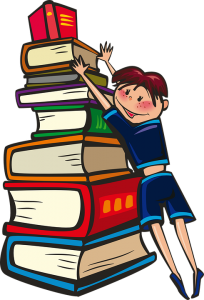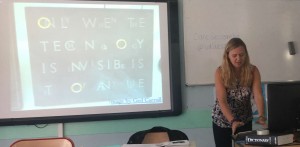My session at #PracPed18 was entitled Tell me a story! You can find the Slideshare below.
In it, I shared some ideas about the use of stories and books in the languages classroom. Beginning by discussing why you would use stories, we moved on to choosing books, and then some ideas of how you could use stories in the classroom to enhance language learning. Finally we talked about how to write your own stories; this part was a little shortened so I have added some notes below. You’ll also find links to some helpful posts and bookmarks below. I hope those that attended found the session helpful, and those that didn’t feel able to ask questions! Please feel free to leave a comment on the post if you have questions or comments!
Helpful links:
The Storybird wiki has been shut down but you can access the links etc here. mostly Spanish with a couple of German ones.
My Storybirds mostly Spanish with a couple of German ones.
Pinterest links to research on Storytelling and stories in language learning
Pinterest board of online stories
Blogposts on books on ¡Vámonos! – lots of posts including book reviews, ideas for using stories and how to write your own!
Notes:
Slide 18 – I skipped this one in my presentation as time was flying. This week, Merriam Webster shared a “time machine’ dictionary that tells you the words that were put into the dictionary during the year of your birth. I wrote a story using just nouns from my birth year, shared via tweet. This gave me the idea of giving children a list of words and challenging them to write a story with those words. A good way for more advanced pupils to practice verbs. I will share further when I have developed that thought!
Acronyms:
GPS – grammar punctuation and spelling
PSHE – Personal, Social and Health Education
ICU – Intercultural Understanding
Key Stage 1 – children aged 5-7
Key Stage 2 – children aged 7-11 (languages are a compulsory part of the curriculum in English state schools)
WBD – World Book Day (April 23rd)
